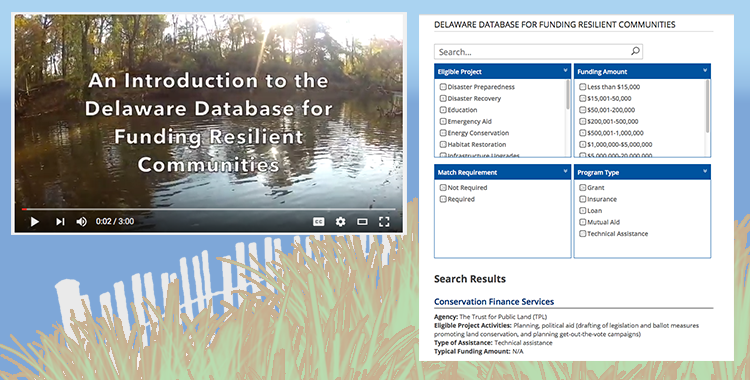
by Sarah Marshall Pragg | May 20, 2016 | News, Toolbox
The Institute for Public Administration (IPA) at the University of Delaware, with support from Delaware Coastal Programs, conducted an extensive search of financial assistance programs that support the implementation of resiliency-building plans and projects in...
by Sarah Marshall Pragg | Feb 14, 2013 | News
In 2007, ICLEI-Local Governments for Sustainability, the U.S. Green Building Council, and the Center for American Progress launched the concept for the STAR Community Rating System (STAR) at GREENBUILD in Chicago, IL. By 2008, they had established a formal partnership...
by Sarah Marshall Pragg | Nov 5, 2012 | News
Designing Cities: Leading the Way to World Class Streets was a two-day conference (October 24th – 26th, 2012) organized by the National Association of City Transportation Officials (NACTO) & NYU Wagner Rudin Center for Transportation Policy and Management and was...
by Sarah Marshall Pragg | Mar 1, 2012 | News
The National Trust for Historic Preservation recently reported on the environmental and economic value of reusing buildings, in contrast to building new “green” or energy-efficient buildings, at a Preservation Green Lab press conference in January 2012.
by Sarah Marshall Pragg | Feb 17, 2012 | News
The Congress for the New Urbanism (CNU) has compiled a set of principles and key characteristics into an easy-to-read and downloadable Sustainable Street Network Principles booklet. The booklet advocates that streets should be designed to play three simultaneous...


